Table of Contents
What Is Web 3.0 And Why Does It Matter
The internet has come a long way since its inception, from the static web pages of the early days to the dynamic and interactive Web 2.0 of today. However, a new paradigm shift is on the horizon that promises to take the internet to new heights: Web 3.0. But what is Web 3.0 and how does it affect you?
In this post, we’ll answer the questions you have about this new internet technology. From what it is and why it matters to you. We’ll also consider the challenges and controversies that surround it, plus the potential for this more accessible emerging technology.
At the end of the read, you’ll have a deeper grasp of Web 3.0 so you’ll know what to look out for and how you can leverage it.
Let’s start by defining what this new internet technology is.
What Is Web 3.0?
Also known as the “decentralized web,” Web 3.0 is the next evolution of the internet. It is the future version of the internet where data is stored and processed in a decentralized manner. This means that it doesn’t rely on centralized servers or intermediaries.
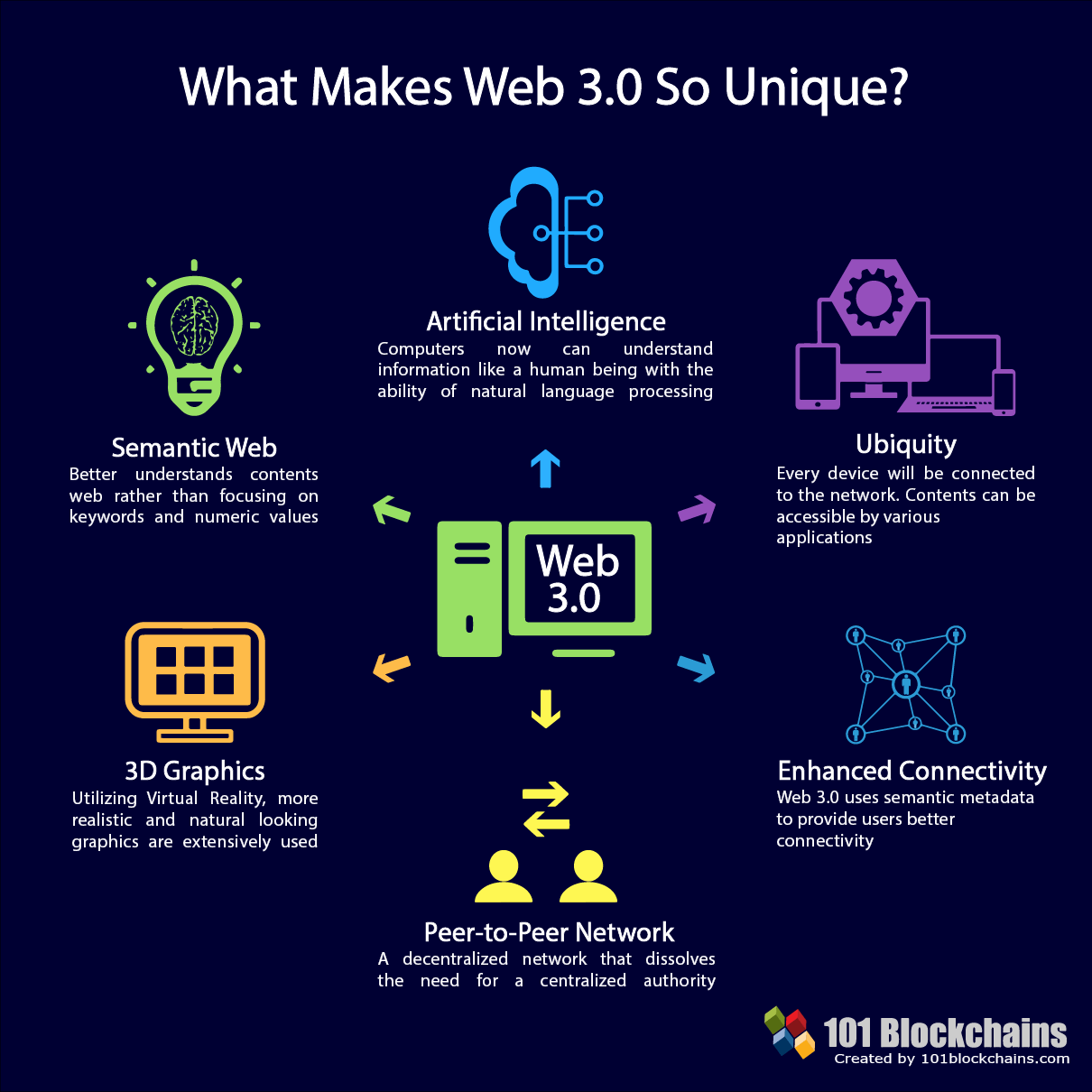

In Web 3.0, blockchain technology and decentralized protocols like IPFS (InterPlanetary File System) are used to create a more secure, private, and trustworthy internet. This allows users to have greater control over their data and identities and more freedom to interact with each other and participate in decentralized applications (dApps).
Web 3.0’s key features include:
- Decentralization: Data is stored and processed in a distributed manner, not relying on centralized servers.
- Interoperability: Protocols are designed to allow different blockchain networks and dApps to communicate and exchange data with each other, especially for middle brand man companies like this solar panel company.
- Trust: It creates a more trustless environment where users can interact with each other and transact value without needing intermediaries or centralized authorities.
- Blockchain Technology: Web 3.0 allows users to create secure, transparent, and immutable digital ledgers that can be used for financial transactions, back accounts, and identity verification.
- Smart Contracts: Self-executing contracts that automatically enforce the terms of an agreement enabling the creation of decentralized applications (DApps) that can operate without intermediaries.
- Privacy: It enhances user privacy and data security by allowing users to control their data and identities using privacy-focused technologies like zero-knowledge proofs and homomorphic encryption.
- User Control: Gives users greater control over their data and digital assets, including the creation of website names. It uses decentralized identity systems and creates digital wallets that allow users to store and manage their digital and native assets.
But the question is: don’t the earlier internet versions have this technology? We’ll next discuss how Web 3.0 is far improved from Web 1.0 and 2.0.
How Is Web 3.0 Different From Web1.0 And 2.0?
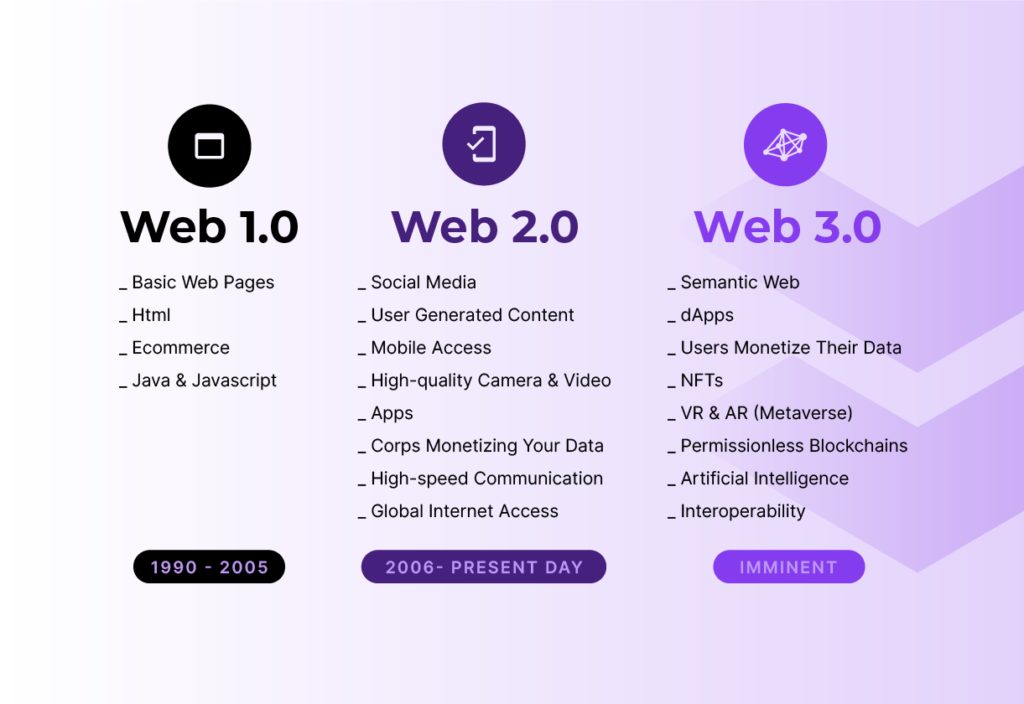
Web 1.0, the “read-only web,” was the first generation of the internet. It was characterized by static websites that provided information but did not allow for user interaction or collaboration. Its focus was on the distribution of information, rather than user participation.
On the other hand, Web 2.0, the “social web,” brought with it a new era of user engagement and interactivity. Web 2.0 introduced social media platforms, user-generated content, and web-based applications that allowed users to communicate and collaborate in real time.
As for Web 3.0, the next evolution of the internet, uses blockchain technology and smart contracts for a more secure, private, and trustworthy online environment.
Like mentioned earlier, Web 3.0 is decentralized, Web 1.0 and 2.0 on the other hand are based on centralized servers and intermediaries. Web 3.0 is focused on enhancing user privacy and data security through encryption and other technologies, whereas Web 1.0 and 2.0 were less concerned with these issues.
Also, Web 3.0 aims to create interoperable networks and protocols that allow different blockchain networks and decentralized applications to communicate and exchange data with each other, whereas Web 1.0 and 2.0 were more focused on creating closed ecosystems. Web 3.0 gives users greater control over their data and identities, whereas Web 1.0 and 2.0 relied on centralized authorities and platforms to manage user information.
Simply put, Web 3.0’s focus is in creating more private, secure, and interoperable environments whereas the earlier internet versions. But what does it mean for you? Let’s consider that question in the next section.
Why Does Web 3.0 Matter?
Web 3.0 builds upon the existing web technologies but with an emphasis on blockchain platform and other decentralized technologies. This allows users to have greater control over their data, data storage and transfers, eliminate intermediaries, and create trustless systems.
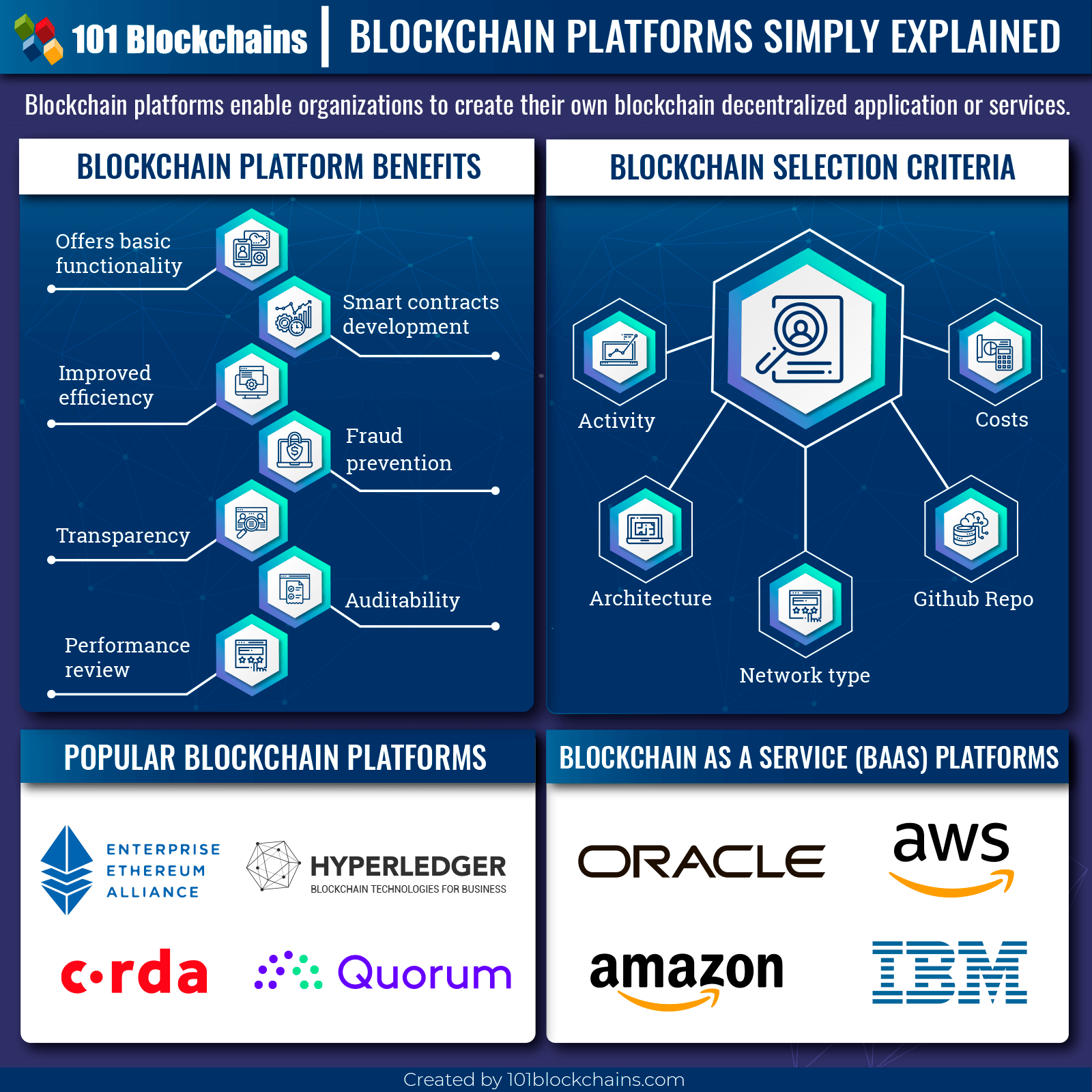

One of the primary benefits of Web 3.0 for you is better privacy and security. With Web 3.0, you can have greater control over your data and how it is shared. Decentralized systems eliminate the need for intermediaries, which can be vulnerable to hacking and data breaches. It also allows for the creation of trustless systems, where transactions and interactions are verified by the network rather than relying on a central authority.
Another key benefit of Web 3.0 is greater control. It allows you to own and control your data and digital assets, without relying on third-party platforms or services. This gives you more autonomy and self-determination, since you can choose to share or withhold data as you see fit.
Additionally, Web 3.0 has the potential to disrupt traditional industries like fashion eCommerce, finance, pandemic-related goods like facemasks, and social media. In the finance industry, Web 3.0 could create decentralized financial systems, where users can transact and store value without relying on traditional banks or financial institutions.
In social media, Web 3.0 could allow you to have greater control over your data and how it is shared. It can also create decentralized social networks that are not controlled by a single company.
Web 3.0 also has the potential to empower individuals and communities, particularly in developing countries. Decentralized systems can provide greater access to financial services, communication platforms, and other tools that are necessary for economic and social development.
By eliminating intermediaries and creating trustless systems, Web 3.0 allows greater participation for individuals and communities that may have been excluded or marginalized by traditional systems.
Now that you understand why you might need Web 3.0, let’s also consider the pros and cons so that you get a well-rounded overview of this technology.
Pros And Cons Of Web 3.0
While the potential benefits of Web 3.0 are significant, there are also several potential drawbacks and challenges you should consider.
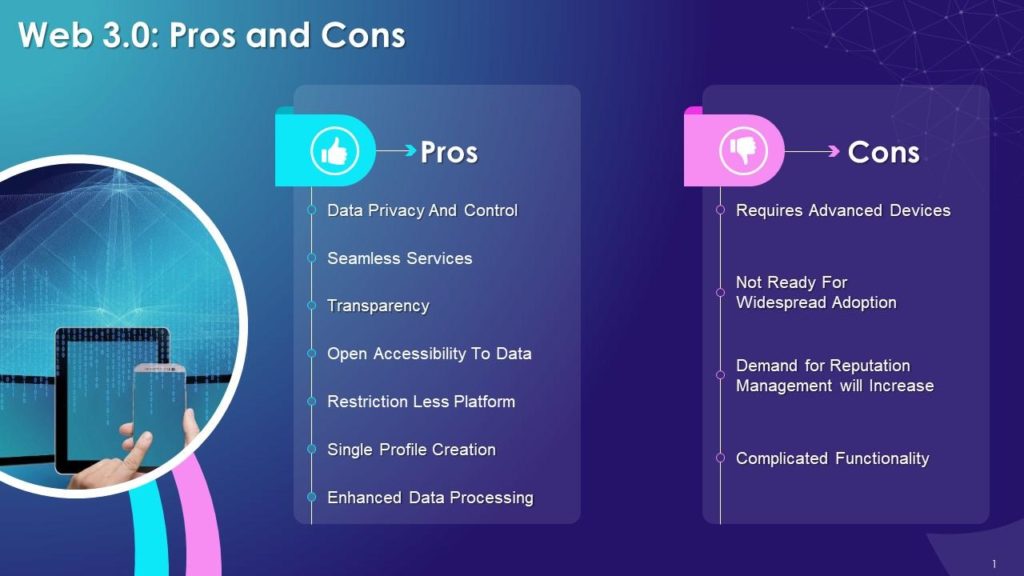

Pros of Web 3.0:
- Transparency: It’s more transparent by using blockchain technology to create a tamper-proof record of all transactions and interactions.
- Decentralization: It eliminates the need for central authorities and intermediaries to reduce the risk of censorship and provide greater control and autonomy for users.
- Innovation: It provides new opportunities for innovation and the creation of decentralized applications involving financial systems supporting non-fungible tokens and systems that were not possible with the centralized web.
- Greater privacy and security: It eliminates the need for intermediaries, creates trustless systems, and provides greater control and autonomy for users, reducing the risk of data breaches and hacking.
Cons of Web 3.0:
- Energy usage and environmental impact: The use of blockchain technology requires significant amounts of energy, which can hurt the environment and contribute to climate change.
- Accessibility: Web 3.0 relies on digital wallets and other tools that may not be accessible to all users, particularly those in developing countries or those who lack access to reliable internet connections or those who can’t invest large budgets like localized services.
- Complexity: It can be complex and difficult for users to understand and navigate, which may limit its adoption and use.
- Lack of regulation: The decentralized nature of Web 3.0 can make it difficult to regulate and enforce laws, which may lead to illegal activities and other abuses.
Web 3.0 has the potential to revolutionize the internet and bring significant benefits for you. However, consider the potential drawbacks and challenges associated with the technology to fully realize its potential and address any negative impacts. This includes some controversies you should consider before deciding to invest in this technology.
Challenges And Controversies Surrounding Web 3.0
While Web 3.0 has the potential to revolutionize the internet and provide benefits, significant challenges and controversies are associated with this technology.
One of the major concerns around Web 3.0 is its energy usage and environmental impact. Blockchain technologies require a significant amount of computing power to operate. This has led to criticism that Web 3.0 could contribute to the increasing energy consumption and carbon footprint of the internet.
Another controversial issue related to Web 3.0 is the debate over the role of centralized gatekeepers in a decentralized web. While the goal of Web 3.0 is to eliminate intermediaries and enable decentralized networks, new gatekeepers could emerge and control access to these systems. This could undermine the core principles of Web 3.0 and lead to a concentration of power in the hands of a few.
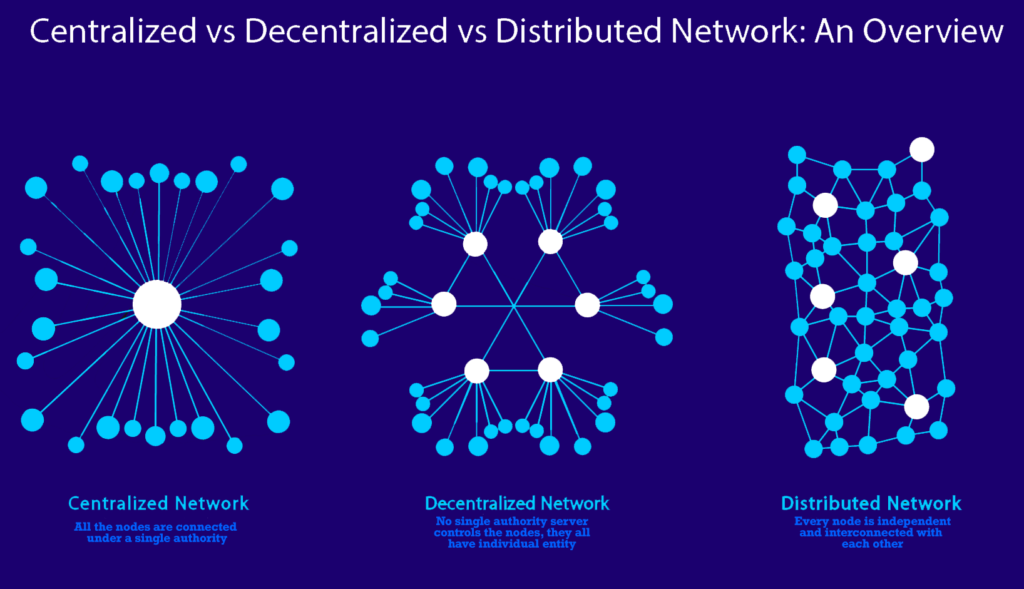

Furthermore, there are concerns that it could exacerbate existing inequalities, particularly if access to technology is limited. While Web 3.0 has the potential to empower individuals and communities, those who do not have access to the necessary infrastructure or resources may be left behind. This can create new forms of inequality and worsen existing disparities.
Additionally, there are challenges related to the development and adoption of Web 3.0. The technology is still in its early stages and software development solution providers need more research to make it more accessible and user-friendly for billions of people.
Web 3.0 Future Outlook
The future outlook for Web 3.0 has great potential and possibility for business opportunities. While the technology is still in its early stages of development and adoption, there are already many exciting use cases and applications explored. This can also mean app development costs will change.
Currently, Web 3.0 development is still largely focused on infrastructure and building the necessary tools and protocols to work with decentralized applications and systems. This includes the development of blockchain-based technologies, decentralized identity systems, and privacy-focused technologies. Its adoption of Web 3.0 is also still in its early stages, with most internet users and businesses still using centralized control systems and platforms.
However, there is growing interest and excitement around the potential of Web 3.0 to shape the future of the internet and society as a whole. Shortly, we will see its effects in digital marketing from ads to SEO solutions. Web 3.0 will allow new forms of decentralized governance, finance, real estate, and peer network. It could also provide greater access and opportunity for individuals and communities, particularly in developing countries.
The potential for Web 3.0 to shape the future is significant, but it will require the engagement and involvement of billions of businesses. To fully realize the potential of Web 3.0 and make the most on return on investment, users need to learn more about the technology and its possibilities. Businesses will need to invest in the development of decentralized systems and applications, and individuals will need to become more familiar with using digital or cryptocurrency wallets and other Web 3.0 tools.
Conclusion
Web 3.0 represents a new paradigm for the internet, it promises to bring greater decentralization, security, and privacy to users. In this discussion, we explored the key features, potential benefits, challenges, controversies, and future outlook of Web 3.0.
We discussed how Web 3.0 aims to eliminate the need for intermediaries, create trustless systems, and provide greater control and autonomy for users. We also explored how blockchain technology, smart contracts, interoperability, and privacy-focused technologies are all key components of Web 3.0.
We then discussed the potential benefits of Web 3.0, including greater privacy, security, and control for users, as well as its potential to disrupt traditional industries and empower individuals and communities, particularly in developing countries.
However, we also acknowledged the challenges and controversies surrounding Web 3.0, including concerns about energy usage and environmental impact, the debate over the role of centralized gatekeepers in decentralized data networks, and the potential for Web 3.0 to exacerbate existing inequalities.
Despite these challenges, there is great potential for Web 3.0. While the technology is still in its early stages of development and adoption, exciting use cases and applications continue to grow.
But Web 3.0 is just a fraction of what you need to know about the future of technology. To know more about up and coming tech advancements, check out our blog to learn more.




